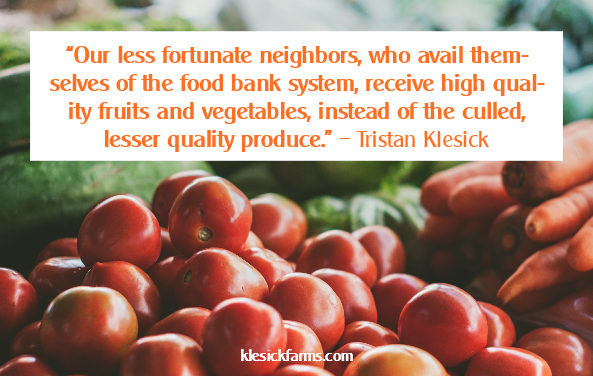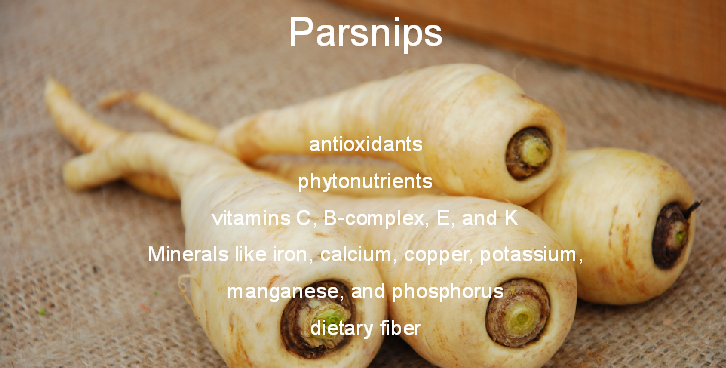It is hard to believe that it was back in 1998 that Klesick Farms first opened its doors. That was a long time ago! Since the first day of business our family has been providing and delivering organically grown produce. Our mission has always been your health and organic fruits and vegetables. And it has been a very rewarding run.
The Klesick family is a first-generation farm family. We wanted to farm and found a way to do it. We did it because of customers like you that wanted organically grown farm fresh produce delivered directly to your home. In 1998 home delivery was original, novel, and definitely “outside-the-box” type of thinking. In fact, when we started you were lucky to have dial up (my grandparents still had a “party” line), you couldn’t GOOGLE anything, and copiers were the size of a Ford Fiesta. To place an order for fresh produce you had to call the office or email us. You can still call or email us, but now you can also text, IM, DM or PM and we will get back to you!
Facebook what was that??? Instagram, Snapchat or Pandora, Spotify and Hulu. I thought Hulu hoops (wink) were something you rotated around your hips in P.E. class. I was never very good at that!
A lot has changed, but a few things still remain the same—we still deliver organically grown fruits and vegetables to local families and we still answer our phones.
Here is a fun fact. Since our first week of 50 home deliveries of fresh organically grown fruits and vegetables in 1998 we have delivered over 700,000 boxes of good food. That is amazing! That is over 2 million apples, 600,000 bunches of carrots and thousands of strawberries, blueberries, cherries etc. Farm fresh produce delivered to one family at a time over 20 years has had a huge impact on our communities’ health, your health and has blessed a lot of organic farm families.
#Celebrate20
To celebrate our 20 years of delivering farm fresh fruit and vegetables, we have a special offer for our existing customers and your friends. Between March 1 and March 20th (20 days) we are going to be giving you a $20 credit on your account for each friend that signs up for weekly or every other week delivery. If 5 friends sign up you will get $100 credit, 10 friends $200 credit. We will apply your credits immediately to your account and your friends will get their $20 new customer credit spread over their first 4 deliveries ($5/delivery).
Let your friends know that now is the time to sign up and remind them to mention your name in the referral box so you can get your $20 credit. Have them use the coupon code: CELEBRATE20 to redeem their gift.
Thank you for making 20 years of Klesick’s a reality and thank you in advance for telling your friends about Klesick’s Box of Good!
Tristan Klesick
Health Advocate, Farmer, and Small business owner for the last 20 years.


